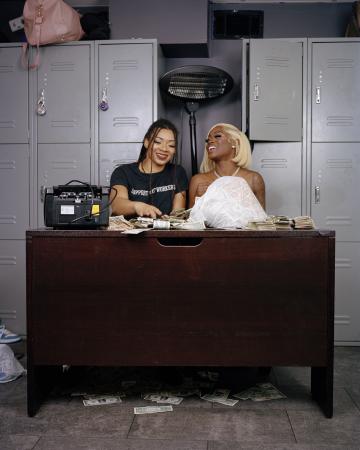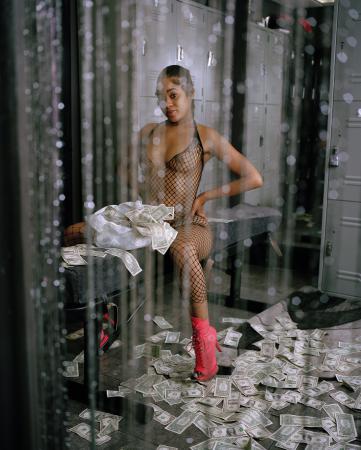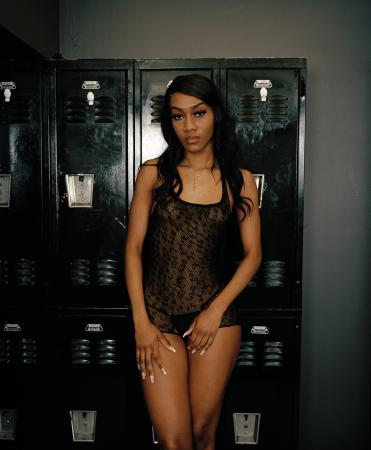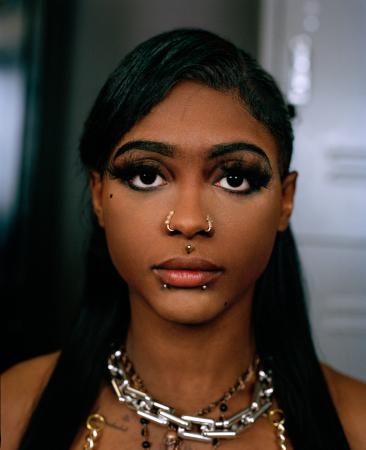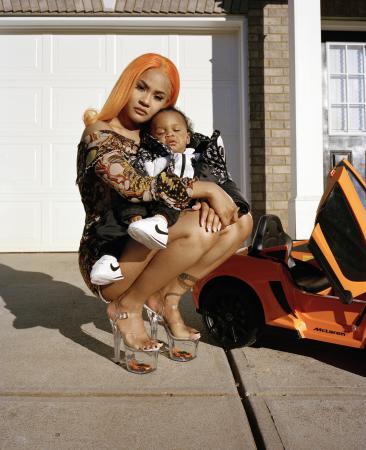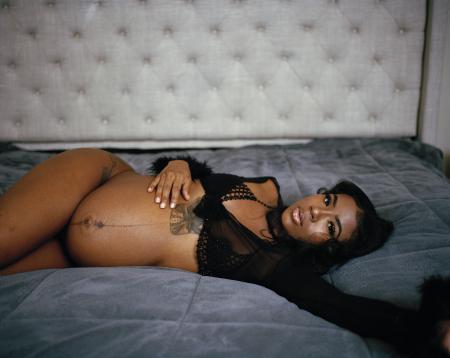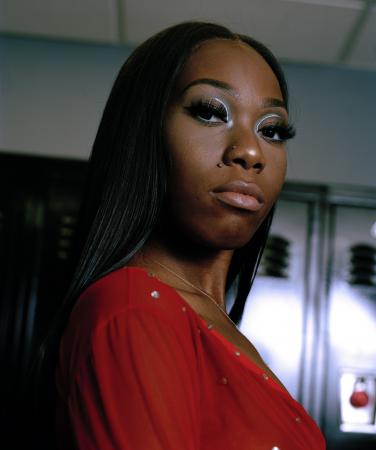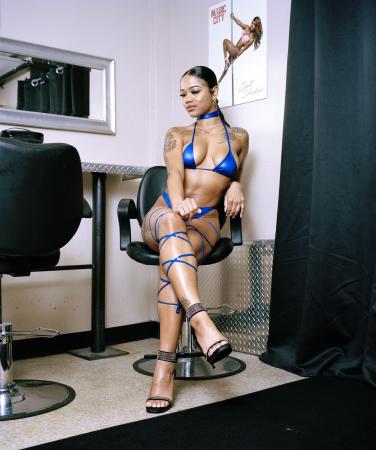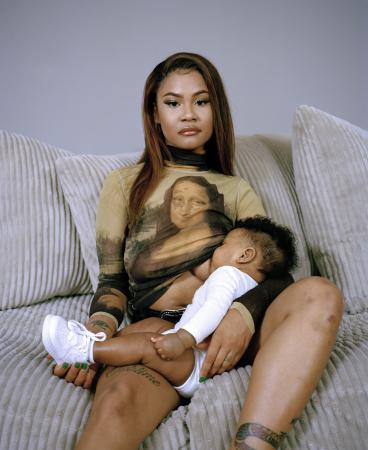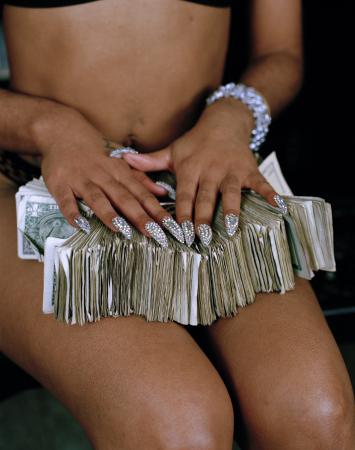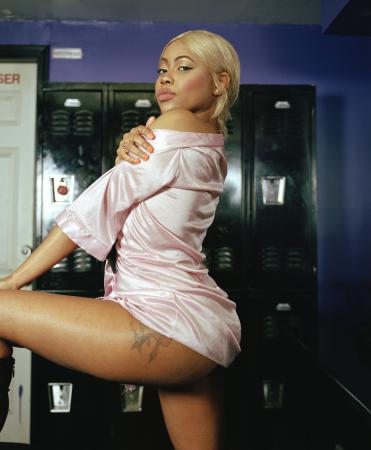This platform allows you to explore the work of 1424 artists in The Hague – with a total of 23977 examples.
Hajar Benjida's Atlanta Made Us Famous at FOAM
The exhibition Atlanta Made Us Famous focuses on Magic City, an influential strip club in Atlanta where hip-hop culture and entertainment converge. Benjida's photo series pays tribute to the successful and economically independent women who serve as the unofficial cultural gatekeepers of their community. Her intimate portraits look beyond stereotypes and highlight the strong social networks between generations.
On display at FOAM until 25 March 2026.
